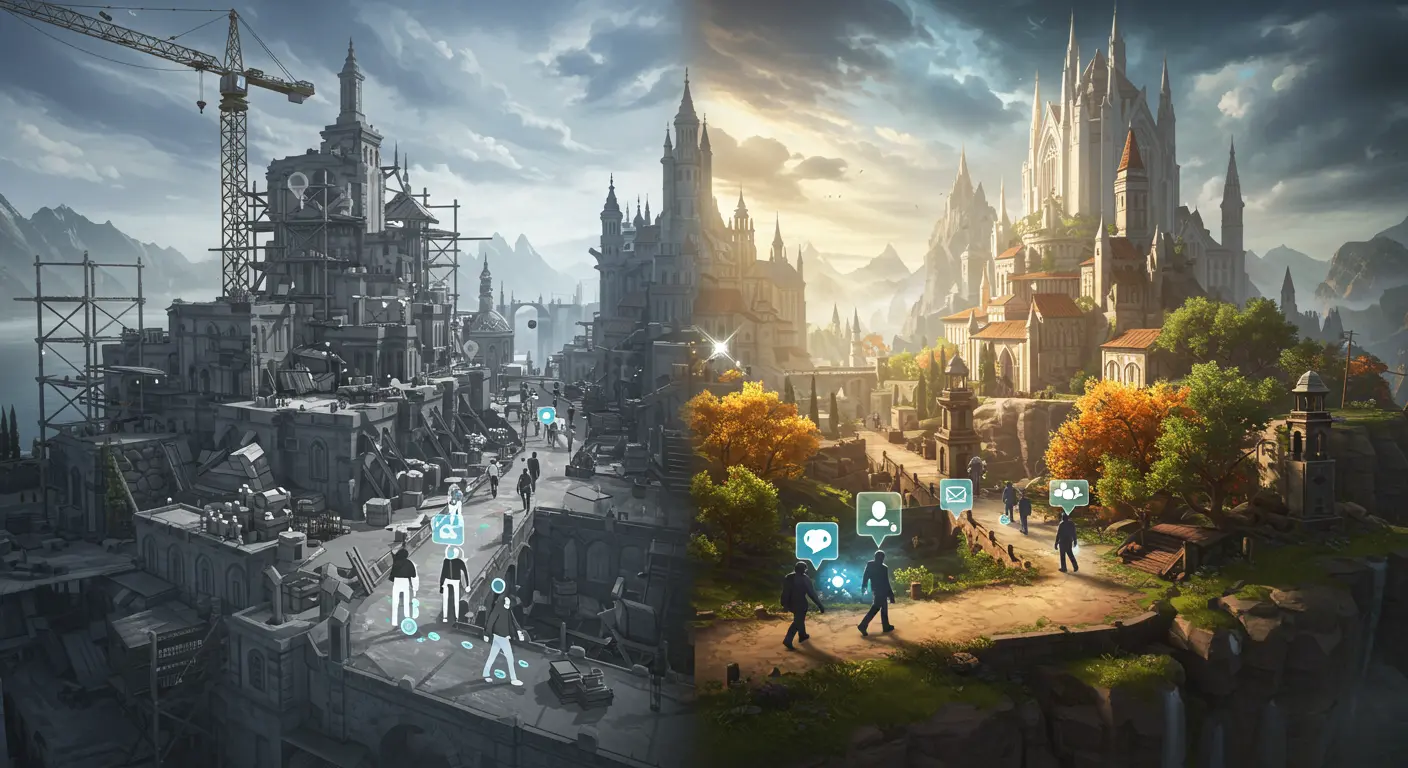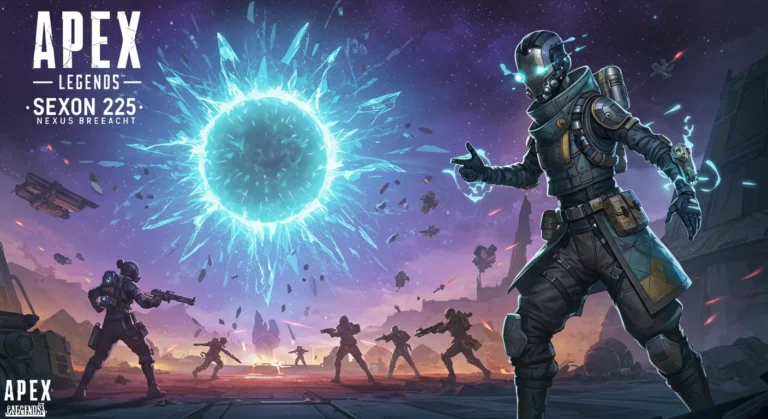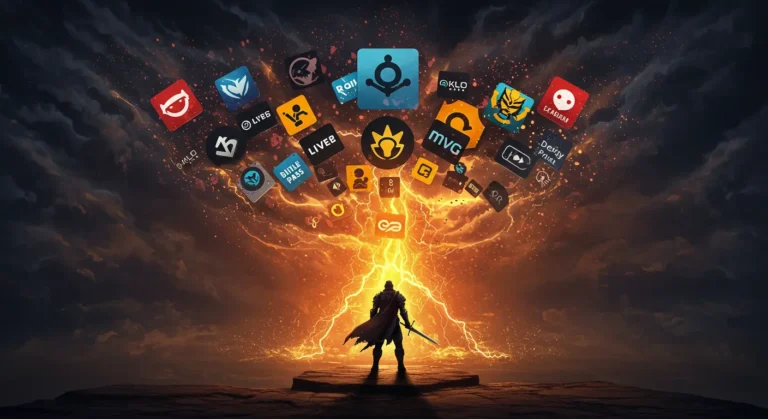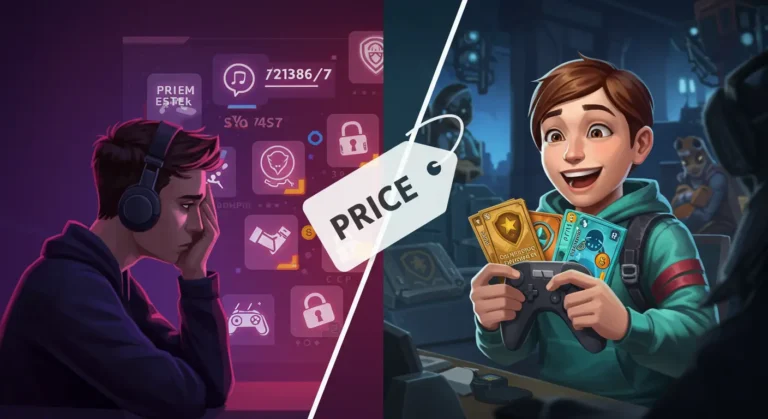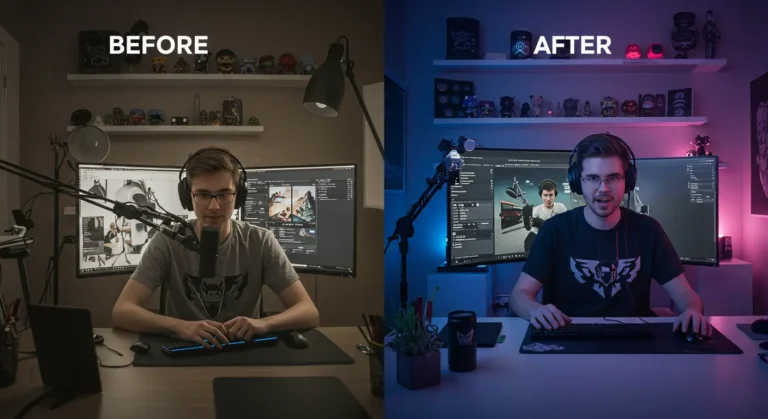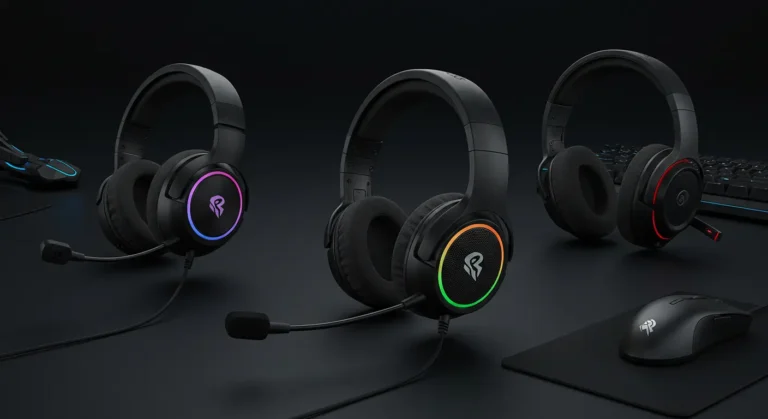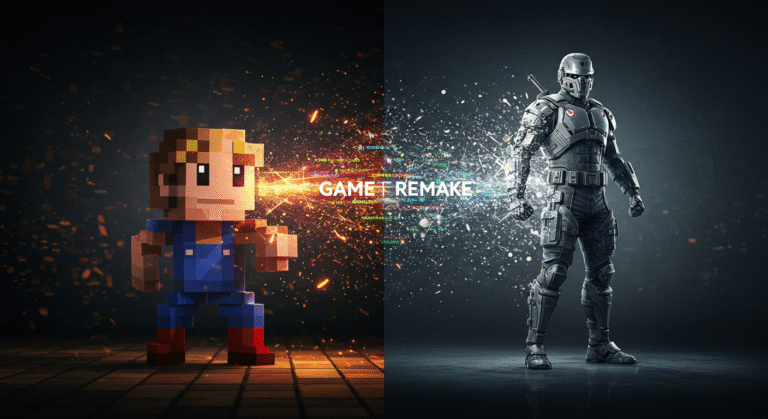The Early Access Dilemma: A Pro-Consumer Revolution or Are We Paying to Beta Test?
The landscape of game purchasing and development has been irrevocably altered by a single, powerful concept: Early Access. What began as a niche funding model for small indie developers on platforms like Steam has exploded into a mainstream phenomenon, utilized by studios of all sizes. It presents a tantalizing offer: pay now to play an in-development version of a game, provide feedback, and watch it evolve into its final form. On the surface, it’s a pro-consumer revolution, fostering a direct connection between creator and community. But as we navigate the complex gaming world of 2025, a critical question looms: are we genuinely participating in a new era of collaborative development, or have we simply started paying for the privilege of being unpaid beta testers?
The Utopian Promise: The Case for Early Access
The arguments for Early Access are powerful and centered on empowerment and collaboration. For small, independent studios, it can be a lifeline. The influx of cash from early sales provides the necessary funding to complete an ambitious project without having to sign away creative control to a large publisher. It democratizes game development, allowing brilliant ideas to flourish based on community support rather than corporate approval.

For players, the benefits can be equally compelling. They get to jump into a highly anticipated game months or even years before its official release, often at a lower price point. More importantly, they gain a voice. Developers who embrace the spirit of Early Access actively listen to player feedback, using it to balance gameplay, fix bugs, and implement highly requested features. Players are no longer passive consumers; they become active collaborators, helping to shape the final product. This symbiotic relationship can create an incredibly loyal and invested community, as seen with monumental successes like Baldur’s Gate 3, Hades, and Valheim—games that were polished to a mirror shine thanks to years of invaluable player feedback during their Early Access phases.
The Perils of the Unfinished Product: The “Paid Beta” Reality
However, for every Early Access success story, there are cautionary tales. The model’s greatest strength—selling an unfinished product—is also its greatest weakness. When handled poorly, Early Access can feel deeply exploitative. Players might pay for a game that is barely functional, riddled with game-breaking bugs, and missing vast swathes of promised content.

The most significant risk is project abandonment. There are numerous examples of games that entered Early Access, collected initial sales, and were then left to languish for years with minimal updates, or were officially abandoned altogether, leaving early supporters with a broken, incomplete product and a sense of betrayal. Furthermore, there’s the issue of “feature creep,” where vague roadmaps and endless development cycles mean the “final release” date is a constantly shifting goalpost. This can lead to player burnout and a loss of faith, transforming initial excitement into weary frustration. In these worst-case scenarios, the player has undeniably paid to be a quality assurance tester for a product that may never be finished.
Hallmarks of a Successful Early Access: What to Look For
So, how can a discerning gamer separate a promising project from a potential pitfall? Successful Early Access titles almost always share these common traits:
- A Clear and Detailed Roadmap: The developers provide a public, frequently updated roadmap that outlines planned features, content updates, and a realistic (even if tentative) timeline for the 1.0 release.
- A Playable and Substantial Core: The initial Early Access version, while incomplete, should have a solid, playable core gameplay loop that is fun in its own right. You’re buying into a foundation, not just a tech demo.
- Consistent, Meaningful Updates: The developers push out regular patches and content updates, demonstrating their commitment to the project and actively improving the experience.
- Active and Transparent Communication: The development team is active on platforms like Discord, Reddit, and Steam forums. They communicate openly about their progress, acknowledge problems, and genuinely listen to and engage with player feedback.
The Verdict: A Powerful, Double-Edged Sword
Early Access is not inherently good or bad; it is a powerful tool. Like any tool, its value is determined by the intent and skill of the person wielding it. It has given us some of the most beloved and well-polished games of the modern era by fostering an unprecedented level of collaboration between developers and their communities. It has allowed small teams with big dreams to bring their visions to life.
However, its potential for misuse is undeniable. It requires a new kind of social contract. Developers who use this model must commit to a level of transparency and long-term dedication that traditional development does not demand. They are not just selling a product; they are selling a promise and inviting players into their workshop.
For players, it requires a shift in mindset. Buying an Early Access game is not like buying a finished product; it is an investment in a project’s potential and a vote of confidence in its developers. It comes with inherent risks. Therefore, the onus is on us, the players, to be informed consumers—to research the developers, evaluate the state of the initial build, and read reviews from other Early Access players before investing our money and time.
Ultimately, the Early Access dilemma is resolved through responsibility. When developers are responsible and transparent, and players are responsible and informed, this model can lead to a truly remarkable, pro-consumer, and creatively liberating future for game development.
What’s Your Stance on Early Access?
Have you been burned by an abandoned Early Access title? Or have you been part of a community that helped shape a game into a masterpiece? Share your experiences and opinions at SpiritGlitch.com.

